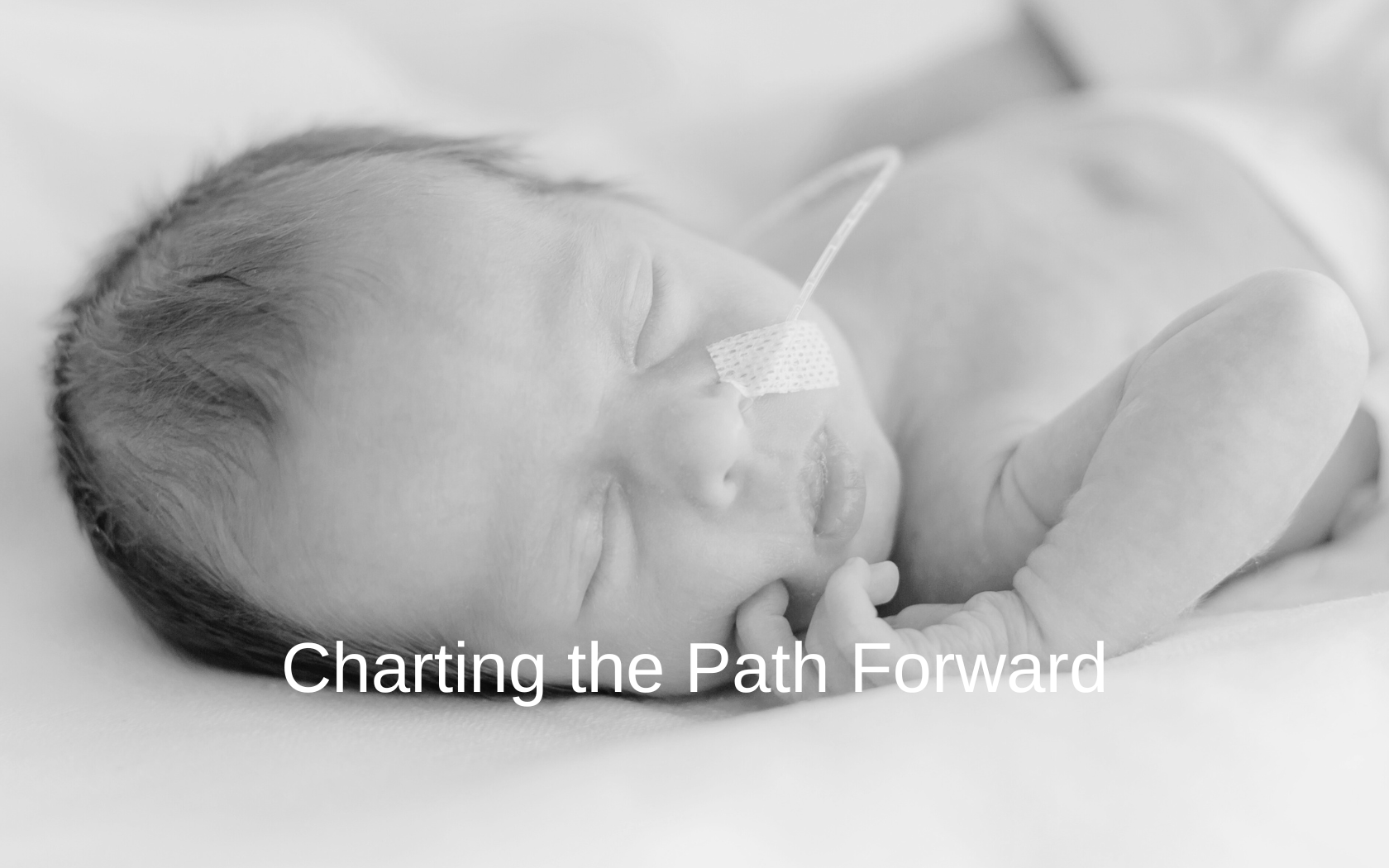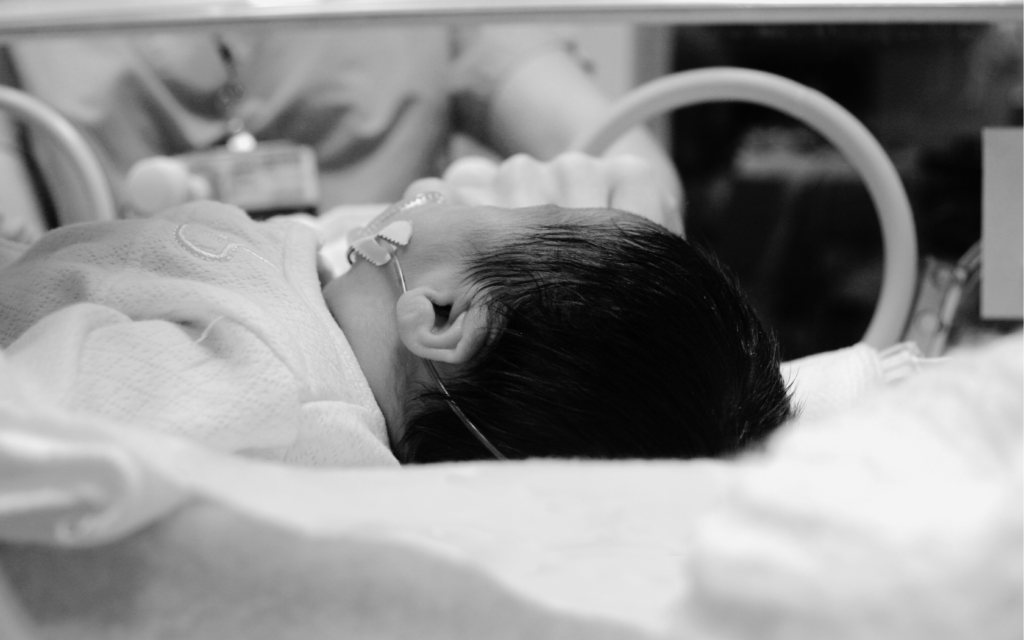When your precious newborn faces injury after birth, the urge to become their “superhero” and zap the pain away is overwhelming. Unfortunately, that’s impossible. But advocating for your baby to receive the best childbirth injury treatment and support is within your power. You and your child’s medical team might just emerge as real-life heroes—ones who don’t need capes.
Below, we’ll discuss various interventions for a newborn who has a birth injury and how they can help.

Childbirth Injury Treatment Varies By Condition
Medical emergencies during birth can result in lifelong injuries. The most common birth injuries include:
- Brachial Plexus Injury: Damage to the nerves controlling the arm and hand.
- Cerebral Palsy: A group of disorders affecting movement, muscle tone, and posture.
- Erb’s Palsy: Partial or complete paralysis of the arm caused by injury to the brachial plexus nerves during birth.
- Klumpke’s Palsy: Paralysis of the lower brachial plexus nerves, affecting the hand and forearm.
- Epilepsy: A neurological disorder involving recurrent seizures.
- Developmental Delays: Delays in reaching developmental milestones, such as walking or talking.
- Intellectual Disabilities: Significant limitations in intellectual functioning and adaptive behavior.
- Musculoskeletal Disorders: Birth injuries such as fractures or nerve damage can sometimes lead to long-term musculoskeletal issues, including limb deformities or restricted mobility.
- Hearing loss and vision impairment.
- Spinal cord injuries.
- Behavioral disorders: Such as deficit/hyperactivity disorder (ADHD) or autism spectrum disorder (ASD).
Childbirth injury support isn’t a “one size fits all” situation. Treating a child for the conditions above often involves a complex plan made up of several types of treatment.
The main forms of childbirth injury treatment include:
- Therapeutic hypothermia
- Medications
- Surgery
- Therapy
There is also preventative treatment. Of course, doctors aren’t fortune tellers. They can’t predict birth injuries. But there may be signs that a birth injury could occur. If the mother is at high risk for giving birth early, for example, doctors can take measures to prevent injuries.
Medications such as magnesium sulfate are sometimes effective in preventing premature birth. This can lower the risk of birth injuries. Doctors often prescribe preventative treatment for patients they deem high-risk.
Common Interventions for Newborns with Birth Injuries
Childbirth injury support varies widely since there are many types of birth injuries. Plus, no two babies are alike. Two babies with the same condition can react differently to the same treatment.
Remember, this information isn’t meant as medical advice. If your child was born with a birth injury, you should consult a medical professional. Your child’s doctor can determine which interventions are best suited for your child.
Therapeutic Hypothermia
One of the most promising interventions for a newborn who has a birth injury is therapeutic hypothermia. Also called cooling therapy, this treatment method can help babies who suffer brain damage because of a birth complication.
Cooling therapy involves lowering the newborn’s body temperature to a targeted range, usually between 33°C to 34°C (91.4°F to 93.2°F). The baby’s body stays at this temperature for around 72 hours. This can reduce metabolic activity and inflammation in the brain. It limits further damage and can improve long-term neurological outcomes. After the cooling period, doctors rewarm the infant at a controlled rate over several hours.
Research shows therapeutic hypothermia can reduce the risk of death or disability in infants with HIE and other types of brain injuries. But it’s only effective right after birth. It’s possible for cooling therapy to benefit infants up to 24 hours old. But it’s most beneficial up to 6 hours after birth.
Medications for Childbirth Injuries
One of the most common interventions for a newborn who has a birth injury is the use of medication. Medicine can’t cure a birth injury. But it can treat and alleviate the symptoms.
Here’s a non-exhaustive list of medications a doctor might prescribe as part of a childbirth injury treatment plan:
- Painkillers
- Muscle relaxants
- Anti-spastic medication
- Anti-seizure drugs
- Botox (Can help relieve muscle tightness in children with different types of palsy)
- Baclofen (Often prescribed for spinal cord injuries, cerebral palsy, and other neurological disorders that involve muscle spasticity.)

Surgery as Childbirth Injury Treatment
Surgery can be part of a comprehensive treatment plan for children with cerebral palsy and other birth injuries. It can improve mobility, function, and quality of life. The specific type of surgery recommended will depend on the baby’s condition, the severity of their symptoms, and the goals of treatment.
Here are some common surgeries that may be performed in children with birth injuries:
- Skull fracture surgery or surgery to drain blood or fluids from the brain.
- Surgery to repair severe nerve damage. Nerve damage can occur when a baby’s shoulder and hand are stretched during birth.
- Orthopedic Surgeries. These can correct musculoskeletal abnormalities and improve mobility in children with cerebral palsy.
- Selective Dorsal Rhizotomy (SDR). Children with spastic cerebral palsy who have significant lower limb spasticity and mobility limitations may benefit from this surgery.
- Hip Muscle Release Surgery. Some children with cerebral palsy develop hip subluxation. This is a partial dislocation of the hip. Hip muscle release surgery can help treat this problem by releasing muscles and tendons in the leg.
- Baclofen Pump Implantation. Surgeons implant a pump that delivers baclofen directly into the spinal fluid. This provides ongoing relief from muscle spasticity. This intervention is for children with severe spasticity who don’t respond well to oral medication.
Therapy for Children with Birth Injuries
Therapy is a very important aspect of childbirth injury support. It plays a crucial role in maximizing a child’s functional abilities, independence, and quality of life.
Many different types of therapy can benefit children with birth injuries, including:
- Physical therapy. Focuses on improving mobility, strength, balance, and coordination.
- Occupational therapy. This therapy addresses activities of daily living (ADLs), fine motor skills, and sensory processing.
- Speech therapy. Focuses on improving a child’s communication skills.
- Behavioral Therapy. This therapy helps manage behavior, improves social skills, and addresses emotional regulation.
- Cognitive Rehabilitation. Focuses on improving cognitive skills such as attention, memory, and problem-solving.
- Aquatic Therapy. Water activities can help improve muscle strength, range of motion, and cardiovascular fitness.
- Animal-Assisted Therapy. Interacting with animals can help improve social skills, promote physical activity, and reduce stress.
- Alternative Therapy. Other types of therapy, such as stem-cell therapy, yoga, and hyperbaric oxygen therapy (HBOT) may also be included in a childbirth injury treatment plan.

Legal Support for Childbirth Injuries
Childbirth injury support includes more than medical interventions. They say it takes a “village” to raise a child. That’s truer than ever for parents of children with birth injuries.
Families raising children with cerebral palsy and other conditions require emotional support, financial aid, and often legal support as well. In cases where a doctor’s negligence caused a child to develop a lifelong condition, families may wish to pursue damages.
To find out if you have a case, we invite you to speak with our lawyers. We may be able to use our expertise to recover damages that can help you improve your child’s quality of life. With hundreds of successful childbirth injury cases under our belts, we’re your best ally when medical malpractice turns your life upside down.
Birth Injury Interventions FAQs
After a birth injury, get immediate medical care for the baby. Consult specialists, and follow treatment plans to the best of your ability. Start therapies like physical and speech therapy early.
You should also keep detailed records of all medical treatments, diagnoses, and consultations. You might need that information for ongoing care and any potential legal actions. If you suspect negligence took place, consult a lawyer.
It’s not easy to care for a baby who has a birth injury, so seek care for yourself, too. You can join support groups for emotional help.
Traumatic births can cause physical injuries like bruises, fractures, or nerve damage. Also, babies may have difficulty breathing if the birth was traumatic. This could lead to conditions like respiratory distress syndrome. If the child was deprived of oxygen, they might have a brain injury.
A baby might also have some short-term effects like trouble feeding or jaundice because of a traumatic birth. They could also suffer from long-term effects like developmental delays and cerebral palsy. In addition, birth trauma has links to autism. A study published by researchers at Harvard University and Brown University showed that babies who had a traumatic birth are more likely to develop autism.
The best way to help a baby recover from trauma is to provide support in a safe, loving environment. Part of that support involves medical care and therapeutic interventions. You should schedule frequent pediatric visits to monitor the baby’s health and development.
The other part involves emotional nurturing. You can help your baby by interacting with them in a loving way and creating a predictable household routine.




